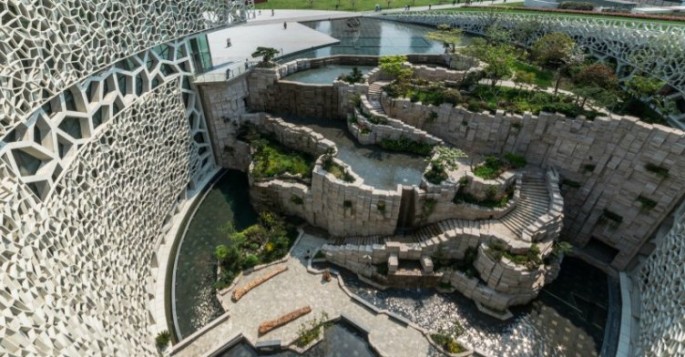As the renewed Shanghai Natural History Museum once again opens its doors to the public on April 19, netizens appeal to visitors to pay respect and take care of the museum's property after a couple of untoward incidents.
According to Shanghai Daily, a starfish died after visitors tried to pick it up along with its other kind.
Gu Jieyan, director of the display service department of Shanghai Science and Technology Museum, explained that the starfish died during the trial opening, as the museum lacked experienced volunteers as well as staff to watch over the display area.
“Some visitors took starfish and fish out of the pool for taking pictures. We asked them to put them back and taught them how to properly touch the sea creatures,” Gu added.
A model komodo dragon--also known as the Komodo monitor, a large species of lizard found in several Indonesian islands--lost one of its toes. On Friday, the missing toe was again attached to the Komodo dragon model.
The occurrences caused negative reactions on the Internet as well as in WeChat.
Online users pointed out that museum visitors should use proper etiquette when visiting historical sites.
The renewed Shanghai Natural History Museum offers more than 10,000 artifacts from all around the world. The extended building called Jing'an Sculpture Park also displays tons of animal species.
"The overall shape and building organization was inspired by the nautilus shell, one of the purest geometric forms found in nature," one of the museum's architects said as quoted by sciencealert.com.
"Natural elements are depicted across the building’s facades including the central cell wall representing the cellular structure of plants and animals, the east living wall signifying earth’s vegetation, and the northern stone wall suggesting shifting tectonic plates and canyon walls eroded by rivers," the architect added.
The museum's staff have already strengthened the establishment's policy as well as increased the number of security officers to improve the protection of the displays.



























